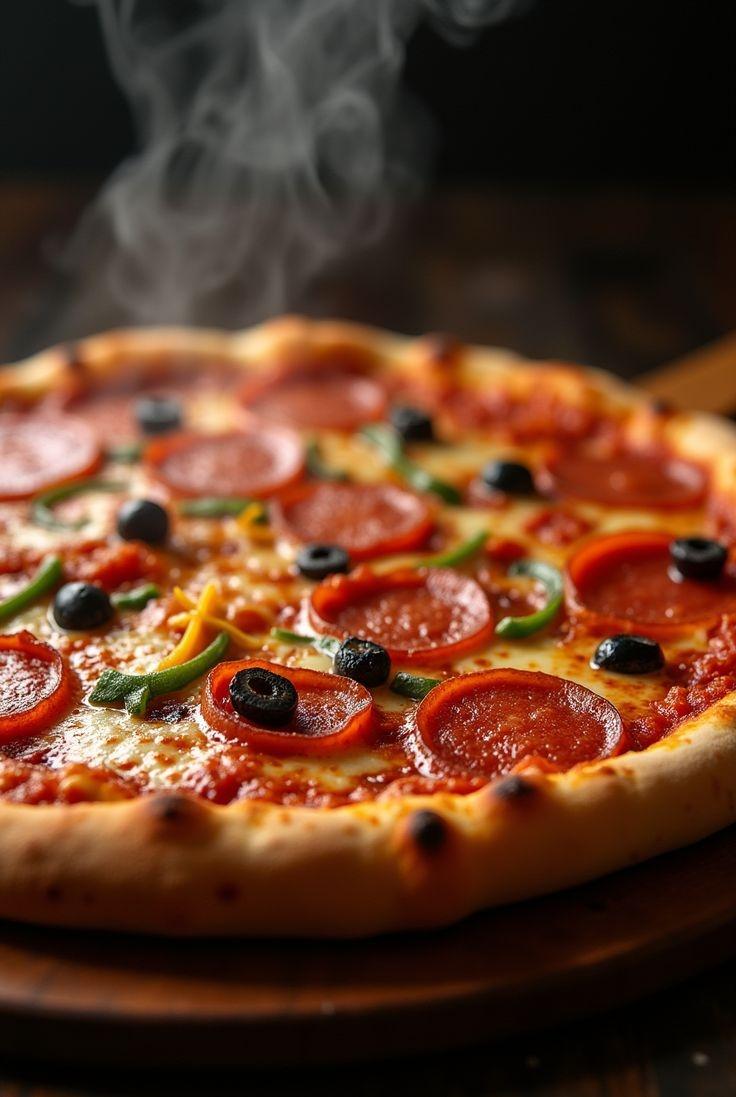At OakBrushStudio, we're dedicated to the philosophy that outstanding pizza begins with top-tier dough. With over thirty years spent honing our blend, we're thrilled to impart some coveted know-how. Our precise mix remains a closely-held tradition, but these guidelines will aid you in producing pizzeria-caliber pizza dough in your kitchen.
Essentiality of High-Caliber Flour
The cornerstone of any sublime pizza dough lies in the flour used. 00 flour, which is an ultra-fine Italian variety with a moderate protein level of around 12% is our recommendation. It strikes an ideal harmony between resilience and softness. In case 00 flour is unavailable to you, an acceptable alternative is bread flour, though the result may differ slightly in texture.
Significance of Water's Temperature and Dough Hydration
The warmth of the water you use is key to controlling both the fermentation duration and the maturity of the dough. Prefer cooler water at about 45°F (7°C) for a prolonged fermentation that enhances the flavor. Warmer water close to 85°F (29°C) should be used for accelerating the fermentation. Aim for a hydration level, which is the water to flour ratio, lying between 60-70% to suit the majority of residential ovens.
Reduced Yeast and Increased Fermentation Time
To achieve dough rich in taste, it's best to utilize minimal yeast and extend the fermentation period. We use a mere 0.2% of fresh yeast in comparison to our flour's mass, allowing the dough to ferment for a span of 24-48 hours. This drawn-out interval permits the development of intricate tastes and results in a more digestible dough.
Salt: Beyond Taste Enhancement
Aside from enhancing flavor, salt's role in strengthening gluten networks and reigning in fermentation is critical. Our advice is to incorporate fine sea salt at a rate of 2.5-3% relative to the weight of your flour. Introduce it once your flour and water begin to amalgamate, ensuring it doesn't directly come into contact with the yeast.
Fermentation's Craft
Post-mixing, the dough should undergo an initial bulk fermentation at ambient temperature for a couple of hours, then be divided into portions for individual balls. Encase these in containers with lids and refrigerate from 24 up to 72 hours. It’s during this phase of cold fermentation that the true alchemy occurs: enzymes decompose starches into sugars, enriching the flavor and contributing to the dough's aesthetically pleasing browned crust.
Gentle Handling
When it comes to assembling your pizza, take out the dough from the fridge one or two hours before you plan to bake, allowing it to return to room temperature. It's important to treat the dough delicately to keep the developed air bubbles intact. Use your fingertips to press and stretch out the dough to its final shape, avoiding use of a rolling pin as it would deflate the dough.
The Quintessential Element: Intense Heat
Our professional wood-fired ovens attain extreme temperatures of about 850°F (454°C), but home ovens generally peak around 550°F (288°C). You can counteract this by employing a preheated pizza stone or steel for at least 60 minutes, achieving that intense under-bake which gives the pizza a crispy crust and fluffy core.
Refining pizza dough is an ongoing endeavor. Each time you make a batch, the experience imparts new insights into the process. We prompt you to note down your outcomes, tweak the variables, and pinpoint what yields the best results in the comfort of your home.
Should you wish to witness our dough crafting firsthand, consider attending our monthly pizza workshops where Chef Giovanni will provide a step-by-step demonstration of these techniques. Be sure to check our event calendar for future occasions!

